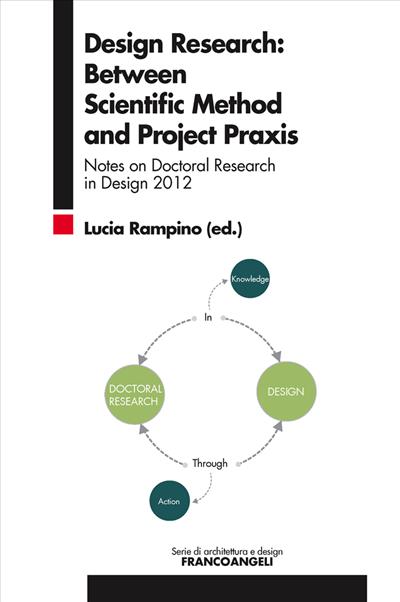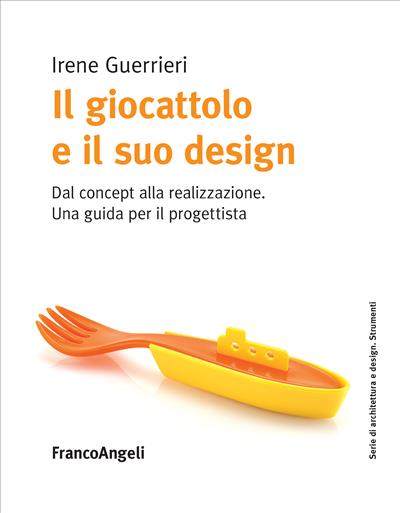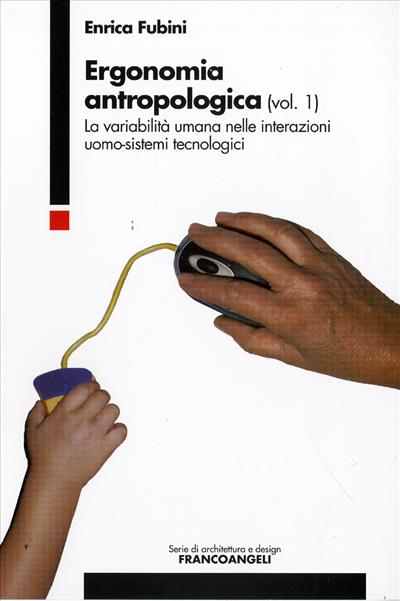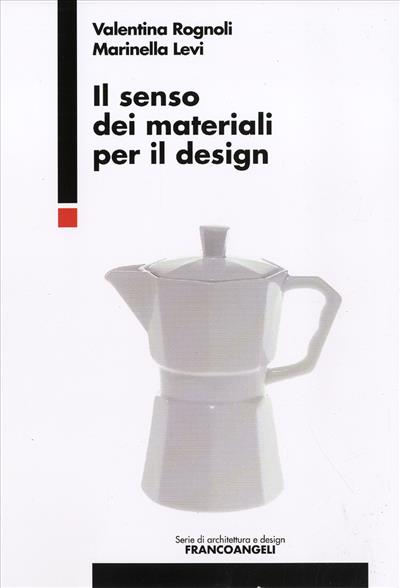
A cura di: Lucia Rampino
Design Research: Between Scientific Method and Project Praxis.
Notes on Doctoral Research in Design 2012
Methodology is pivotal to any research effort because “its reliability is determined by its methodology”. In design, research reliability is an even more delicate issue. As a result, there continues to be debate about what it means to do research using the tools and methods that belong to the discipline of design, even about the terms in which such research is possible. This book aims to make a contribution to this debate.
Edizione a stampa
24,50
Edizione a stampa
24,50
Pagine: 176
ISBN: 9788820405809
Edizione: 1a edizione 2012
Codice editore: 85.84
Disponibilità: Buona
PDF con DRM
18,99
PDF con DRM
18,99
Pagine: 176
ISBN: 9788856855821
Edizione:1a edizione 2012
Codice editore: 85.84
Possibilità di stampa: No
Possibilità di copia: No
Possibilità di annotazione: Sì
Formato: PDF con DRM per Digital Editions




